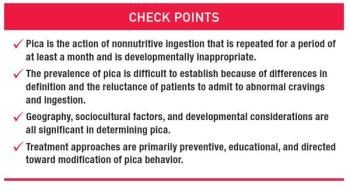
Discovering the biological basis of major depressive disorder (MDD) could lead to improved medication and therapeutic treatment for patients with this condition. To date, the cause of MDD is not well understood, but researchers believe that elevated levels of the brain serotonin, 5-hydroxytryptamine (5-HT), may play a role.

